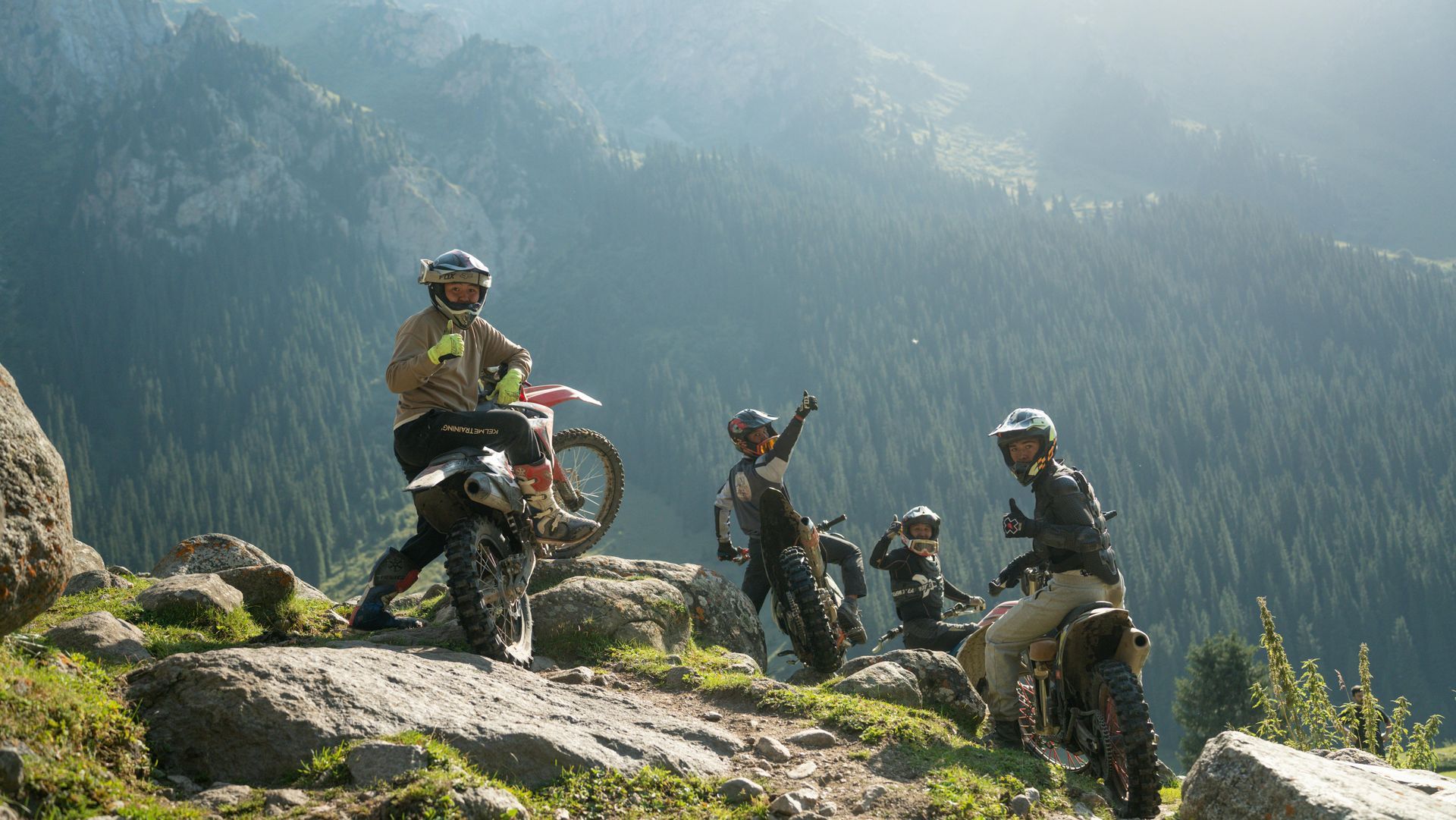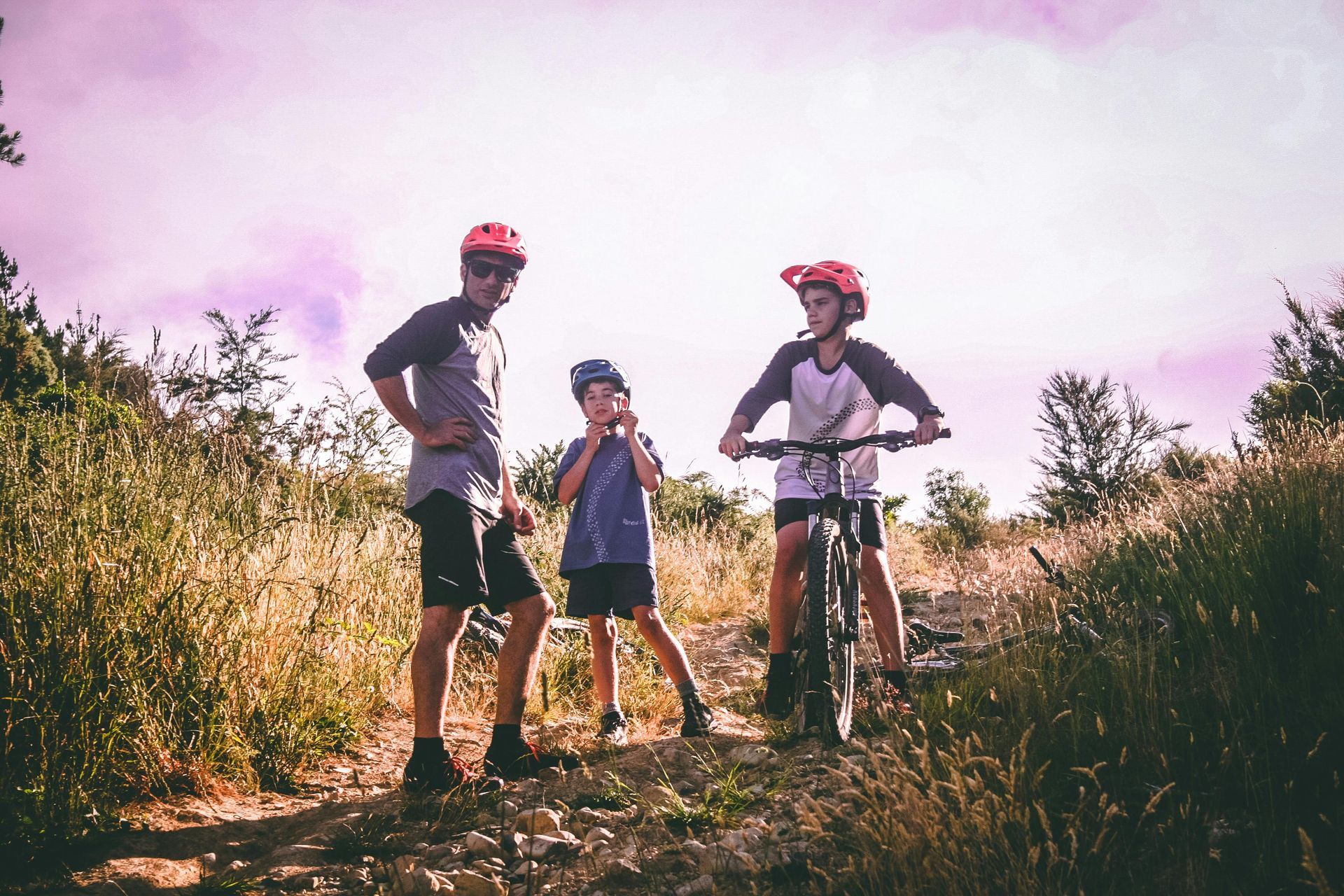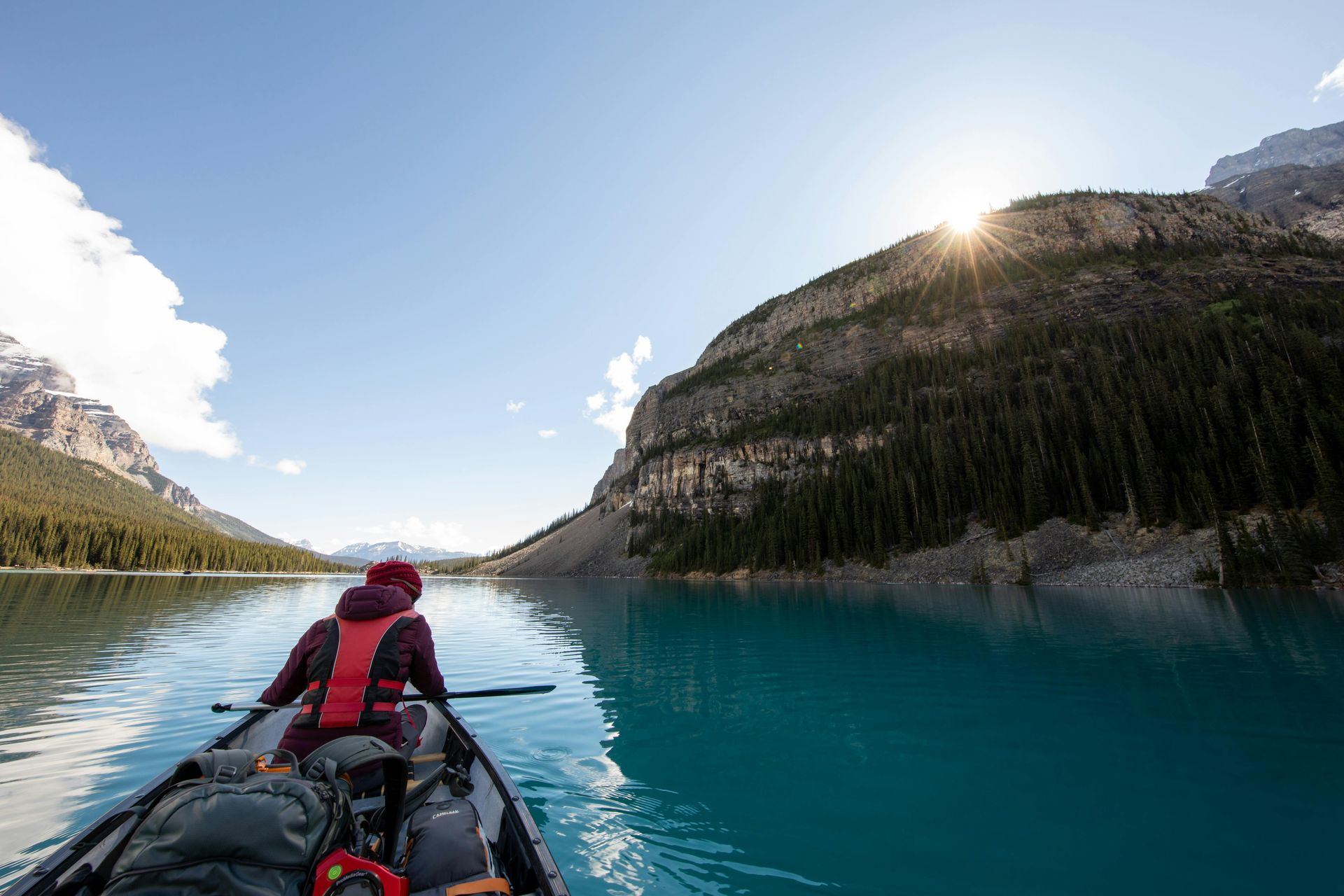Thrill Without the Spill
Managing High-Adrenaline Activities on Excursions

High-adrenaline activities from zip-lining and rock climbing to white-water rafting are often the highlight of a school excursion. They’re exciting, memorable, and push students to test their limits in profound ways. But with heightened adventure comes heightened risk, which means your duty of care is magnified.
I’ve seen both ends of the spectrum: programs that over-restrict an activity until the challenge and educational value are gone, and others that proceed with too little structure, relying on luck instead of meticulous planning.
The goal is to find the professional sweet spot: an experience that delivers a powerful thrill within a framework of rigorous, well-managed risk controls.
Four Pillars of Responsible Adventure Planning
Building this framework requires a systematic approach that goes beyond a standard risk assessment. It involves a deep dive into the specifics of the provider, the activity, the participants, and the potential incidents.
1. Vetting & Verification
Before anything else, you must verify the credentials of any third-party provider. This is a non-negotiable part of your duty of care.
- Confirm Qualifications: Ensure all external instructors hold current, nationally recognised qualifications specific to the activity they are leading.
- Verify Insurance & Accreditation: Check that the provider has adequate public liability insurance and, where applicable, accreditation with relevant industry bodies.
- Centralise Documentation: Using a platform like Xcursion Planner, you can create a central repository to store and track provider credentials, insurance certificates, and accreditation documents for all your approved vendors.
2. Activity-Specific Risk Assessments
A generic risk assessment is not sufficient for high-adrenaline activities. Your plan must be tailored to the unique risks of the specific activity and location, considering factors like equipment, environment, and instructor-led procedures. Xcursion Planner is the industry leading platform for helping you with specific risk assessments for school trips.
3. Assessing Participant Readiness
It's crucial to match the student to the challenge. This involves assessing not just their physical ability but also their emotional and psychological readiness. A student may be physically capable of abseiling but not emotionally prepared for the perceived exposure, which presents a different set of risks to manage.
4. Scenario-Based Incident Response Plans
For high-consequence activities, your incident response plan needs to be more than just a list of emergency contacts. It should detail the immediate actions for likely scenarios. For rafting, this could be a capsize drill; for a high ropes course, it could be a harness rescue procedure.
Responsible planning doesn’t dampen the excitement of an adventure. On the contrary, it creates a well-managed environment where students can engage fully and test their boundaries, knowing there is a robust and structured system of support in place.











